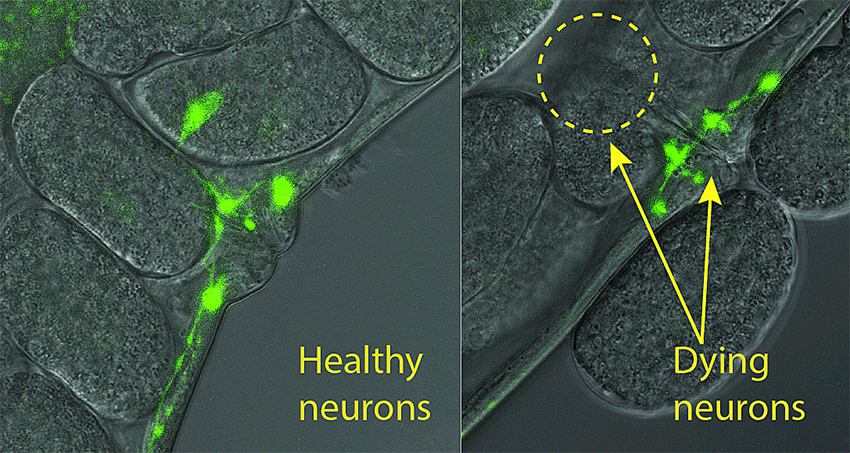A HornRaiser campaign launched this month will help fund student Alzheimer’s disease research over the summer in Jon Pierce’s neuroscience lab.
Pierce, a UT neuroscience associate professor, is working to tackle the disease, which is the sixth leading cause of death in the U.S., and which currently has no cure. According to the Alzheimer’s Association, someone in the United States develops this degenerative disease every 66 seconds.
“It’s difficult for [students] to research during the summer because of work or part-time jobs, so this money would be great to supplement their cost of living so they could be trained in research in our lab during the summer,” Pierce said. “This is important to grow the next generation of Alzheimer’s disease researchers.”
So far, the campaign has raised $1,951, and has a month left to reach its goal of $15,000.
Most Alzheimer’s research labs use mouse models, Pierce said, but it’s difficult to directly measure neurodegeneration in mice, and it takes several months to two years for mice to show symptoms associated with Alzheimer’s. To solve this problem, the Pierce lab engineered a tiny worm to carry genes linked with Alzheimer’s; the worms take only a week to display neurodegeneration.
“With mice, from the outside, you can’t really see which neurons malfunction. You have to cut up the brain and look at the neurons,” Pierce said. “The worms are transparent so you can look through them to see the brain and neurons. These conveniently glow because they have glowing proteins that we took from a jellyfish.”
Because of the fast turnaround and ease of observation, Pierce said researchers can quickly test drugs and monitor the interactions between neurons.
“We’re in the position to answer fundamental questions regarding Alzheimer’s,” Pierce said. “We don’t know why certain neurons die first or why the progression of degeneration is the way it is. If we better understood that, we would be able to better address the question of preventing Alzheimer’s.”
Pierce said there is a societal and personal pressure to link genes and Alzheimer’s, because his family history may predispose him to carry these genes himself.
“So many people have this and so many people are going to get this,” Pierce said. “It’s tough because memories are so intrinsic to who you are. It’s painful to see that ripped away.”
Momo Sae-Lee, molecular biology graduate student, said the lab’s research will not only add to progress in Alzheimer’s research, but also help normalize the worm model. Sae-Lee is focusing on how Alzheimer’s develops at the molecular level.
“I’m trying to answer the question of why some neurons are more vulnerable to death than others,” Sae-Lee said. “It would be good to demonstrate to other researchers in the field that worms can be a good model system to study neurodegeneration.”
Due to the ability to observe and get results quickly, Sae-Lee said she can test different ideas easily in the lab.
“You come into work, and you get to do something new every day,” Sae-Lee said. “The challenge of coming up with new ways to solve a problem is one of the most exciting aspects of research.”
Biology freshman Sofia Smith recently started working in the Pierce lab to research the effects of a gene linked to chemical signal activity in the brain.
“With classroom instruction alone, it is easy to lose sight of the thrill of science, because you’re taught ideas without applying them yourself,” Smith said. “But with research you are reminded how exciting it is to not know something and apply the knowledge to better illuminate the truth.”















